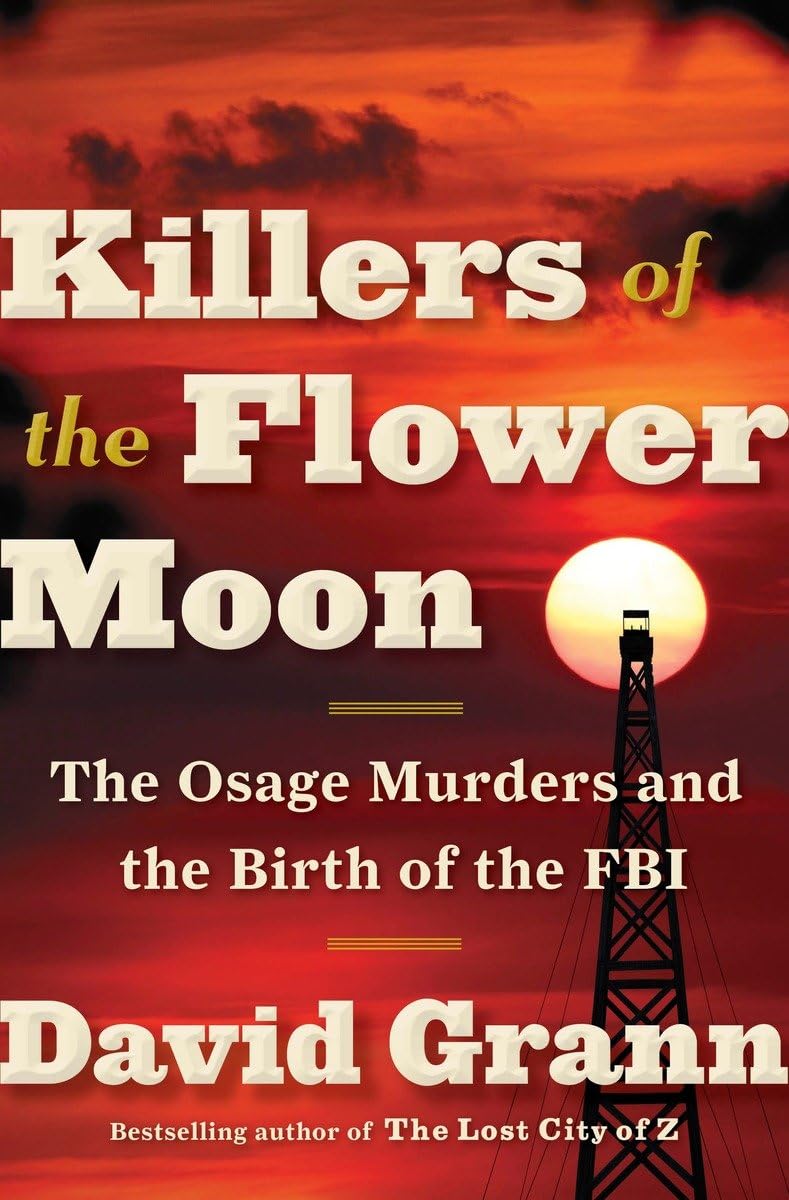Chapter 12: A Wilderness of Mirrors
byAs summer waned, Agent Tom White found himself increasingly disturbed by the realization that sensitive details about the investigation were leaking to outside sources. It felt like navigating a wilderness of mirrors, where every reflection hinted at betrayal. His suspicions were confirmed when a legal professional displayed an uncanny awareness of case specifics, details that should have been known only to the Bureau. This revelation suggested that a mole within the investigation was feeding privileged information to external forces, a dangerous development that not only compromised the pursuit of justice but also placed White and his team in direct jeopardy.
As White dug deeper, he discovered that private detectives, including one linked to the Burns Agency, were actively working against the Bureau rather than assisting in the case. Their efforts appeared coordinated and deliberate, with their primary objective being to sabotage key informants, suppress evidence, and mislead investigators. The most blatant attempt to obstruct the investigation came when these operatives orchestrated the wrongful arrest of Kelsie Morrison, one of White’s most crucial witnesses, in what was a clear effort to intimidate him into silence.
Fearing for his life, Morrison urgently pleaded for federal protection, recognizing that those seeking to suppress the investigation would resort to lethal measures if necessary. The case had escalated into a high-stakes game of deception, with White and his agents no longer just tracking down killers, but also fighting against an entrenched network of corruption and betrayal. The presence of a deeply embedded informant, combined with the actions of hired private operatives, made it clear that White’s investigation was unraveling secrets that powerful figures were willing to kill to keep hidden.
The growing distrust among officials and informants redirected attention to a private investigator named Pike, who had previously been hired by William Hale under the pretense of assisting in the Osage murder inquiry. Pike’s involvement was immediately suspect, as he had abruptly abandoned the case before producing any significant results, raising questions about whether he had been working to expose the truth or actively covering it up. Suspicion deepened when an intermediary revealed that Pike was withholding crucial information regarding the murders of Bryan and Anna Brown, refusing to share what he knew unless he was paid a substantial sum in return.
With this new lead, White’s team intensified their pursuit of Pike, knowing that he could be the missing link between Hale and the orchestrated killings. However, tracking Pike proved to be a challenge, as he actively avoided authorities, attempting instead to sell his information to the highest bidder while remaining outside the reach of federal investigators. White understood that if Pike were allowed to disappear, so too would a vital piece of evidence needed to bring Hale and his accomplices to justice.
After weeks of effort, Pike was finally apprehended following an alleged robbery, giving investigators their first opportunity to pressure him into revealing what he knew. Under intense interrogation, Pike reluctantly confessed that his original assignment from Hale had not been to uncover the truth but rather to fabricate a false alibi for Bryan Burkhart, a key suspect in the murder of Anna Brown. His admission confirmed that Hale had been manipulating the case from behind the scenes, using private investigators, corrupt officials, and bribed witnesses to ensure that the real perpetrators escaped accountability.
With Pike’s confession, the investigation exposed yet another layer of deceit, demonstrating just how deeply entangled Hale was in the orchestration of the Osage murders. Each revelation further solidified Hale’s role as the mastermind, reinforcing that he had not only planned the killings but also carefully manipulated the legal system to protect those involved. White and his team now understood the magnitude of what they were up against—a network of conspirators spanning law enforcement, legal professionals, and hired operatives, all working in unison to prevent the truth from surfacing.
The danger surrounding the case intensified, as it became evident that anyone who got too close to the truth risked being silenced. White and his agents had to tread carefully, knowing that their every move was being watched, and that one wrong step could result in deadly consequences. The hunt for justice had evolved beyond a simple criminal investigation—it had become a battle against a deeply entrenched system of corruption, one that would require every ounce of skill, determination, and courage to dismantle.


